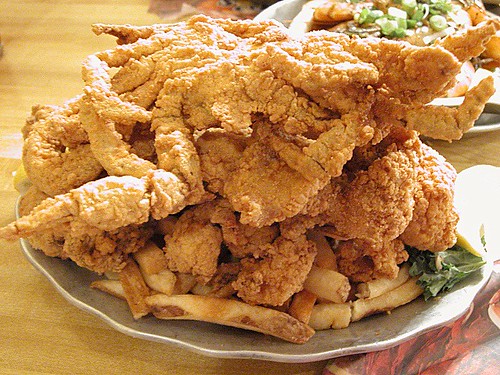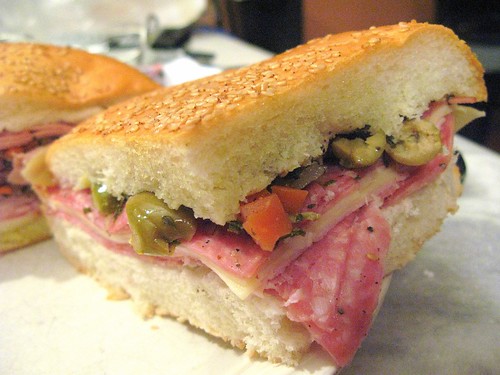
Fifty years ago Harland Sanders, Kentucky's king of fried chicken, visited Canada. When asked by a reporter if he had discovered anything distinctive or characteristic about Canadian food, he had this to say:
"Well, I would say no. Not any outstanding characteristic ... I found here a lot of good and a lot of bad. Perhaps a little more bad than you do good."
I suspect that even now, 50 years later, the words 'canadian cuisine' aren't bandied about often at culinary events. It's not fare that makes headlines around the world.
I was catching up on some podcasts this weekend and heard an interview from the CBC with Gordon Ramsay. The host, Jian Ghomeshi, asked the chef how Canada can become a presence on the international stage and Ramsay had an interesting perspective. He said that Britain had been asking itself the same question for years
"The kind of crap I had to go through in Paris with the arrogance of the French and Roast Beef and Fish and Chips and Steak and Kidney pudding and 'O-la-la, your food is terrible.' So you're going through exactly what we went through. I think you are evolving, there's no two ways about that, but your exit is going to be in 10 or 15 years time when you can really implement a proper Canadian cuisine rather than a fragmented cuisine."
With all the fish, game and unique produce that we have in Canada, there really is no reason why we can't be forging a name for ourselves on the global culinary scene. Part of the challenge is overcoming our vast regional disparities and widening out our specialized ethnic cuisines to put a uniquely Canadian mark on them.
The CBC has produced a very interesting
interactive map of Canadian regional foods which is a handy starting point for a discussion of what makes Canada's food distinctive. From French-inspired Pâté à la viande in the east to caribou stew in the northwest, not to mention poutine and butter tarts, we're off to a pretty good start!




























